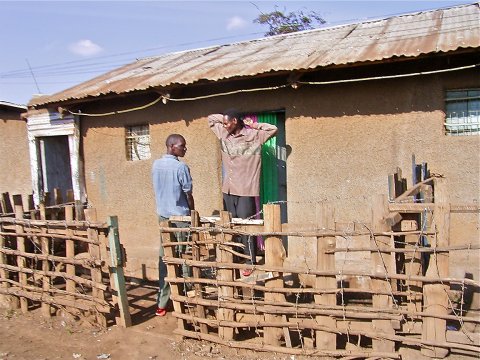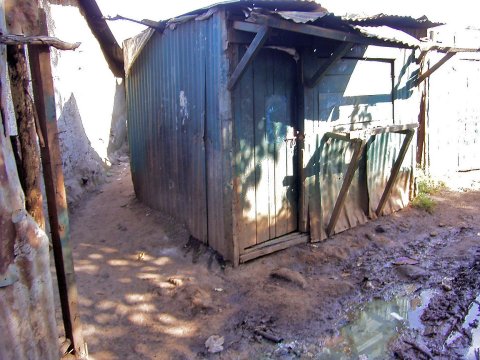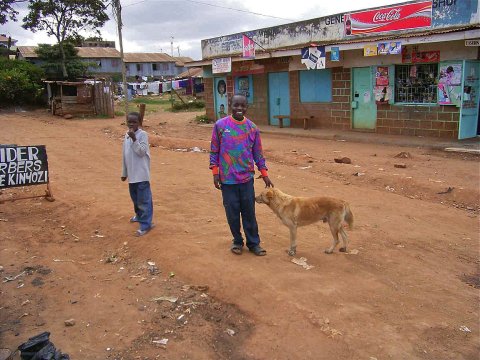|
John Tyman's Cultures in Context Series AFRICAN HABITATS : FOREST, GRASSLAND AND SLUM Studies of the Maasai, the Luhya, and Nairobi's Urban Fringe |
|
|
|
|
|
John Tyman's Cultures in Context Series AFRICAN HABITATS : FOREST, GRASSLAND AND SLUM Studies of the Maasai, the Luhya, and Nairobi's Urban Fringe |
|
|
|
|
 |
| 525. A rare example of a house with a front yard and/or verandah. The shortage of land in Kibera is such that few householders can afford to use space in this way. |
 |
| 526. Shop alongside a muddy lane, with its counter closed. The shopkeeper and his family will live in the back of the building. |
 |
| 528. A rare example of substantial brick-built structures in Kibera -- with shops in the front and homes behind. |

![]()
Text, photos and recordings
by John Tyman
Intended for Educational Use
Only.
Contact Dr. John Tyman at johntyman2@gmail.com
for more information regarding
licensing.
![]()
www.hillmanweb.com
Photo processing, Web page layout,
formatting and hosting by
William
Hillman ~ Brandon, Manitoba ~ Canada